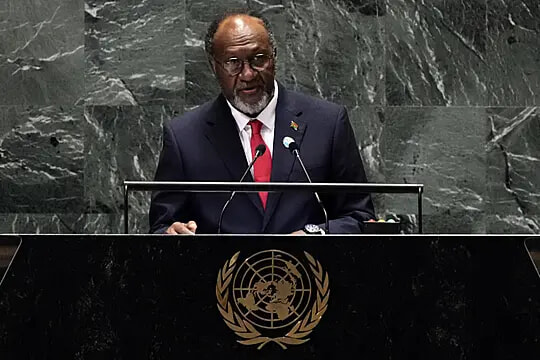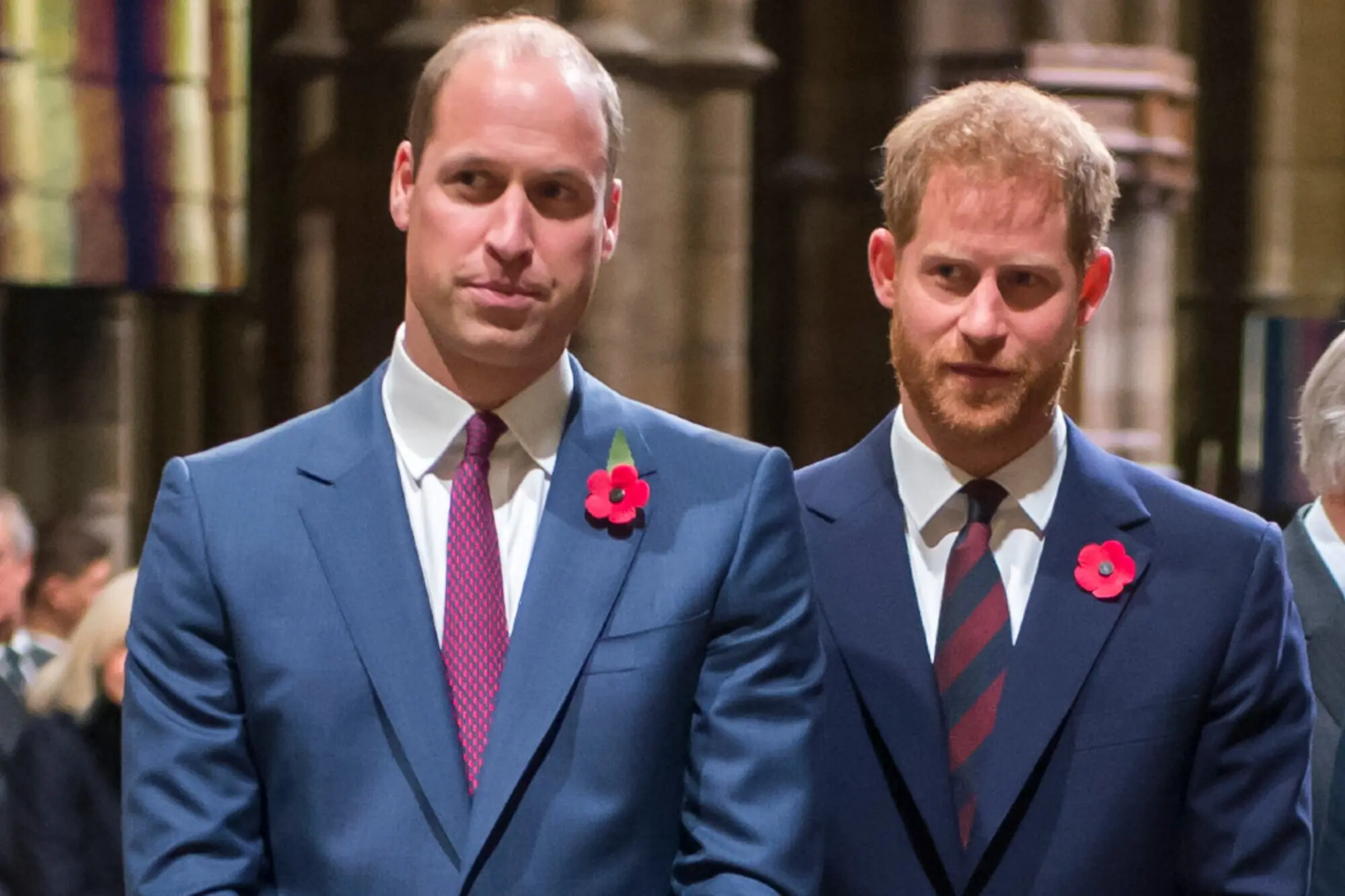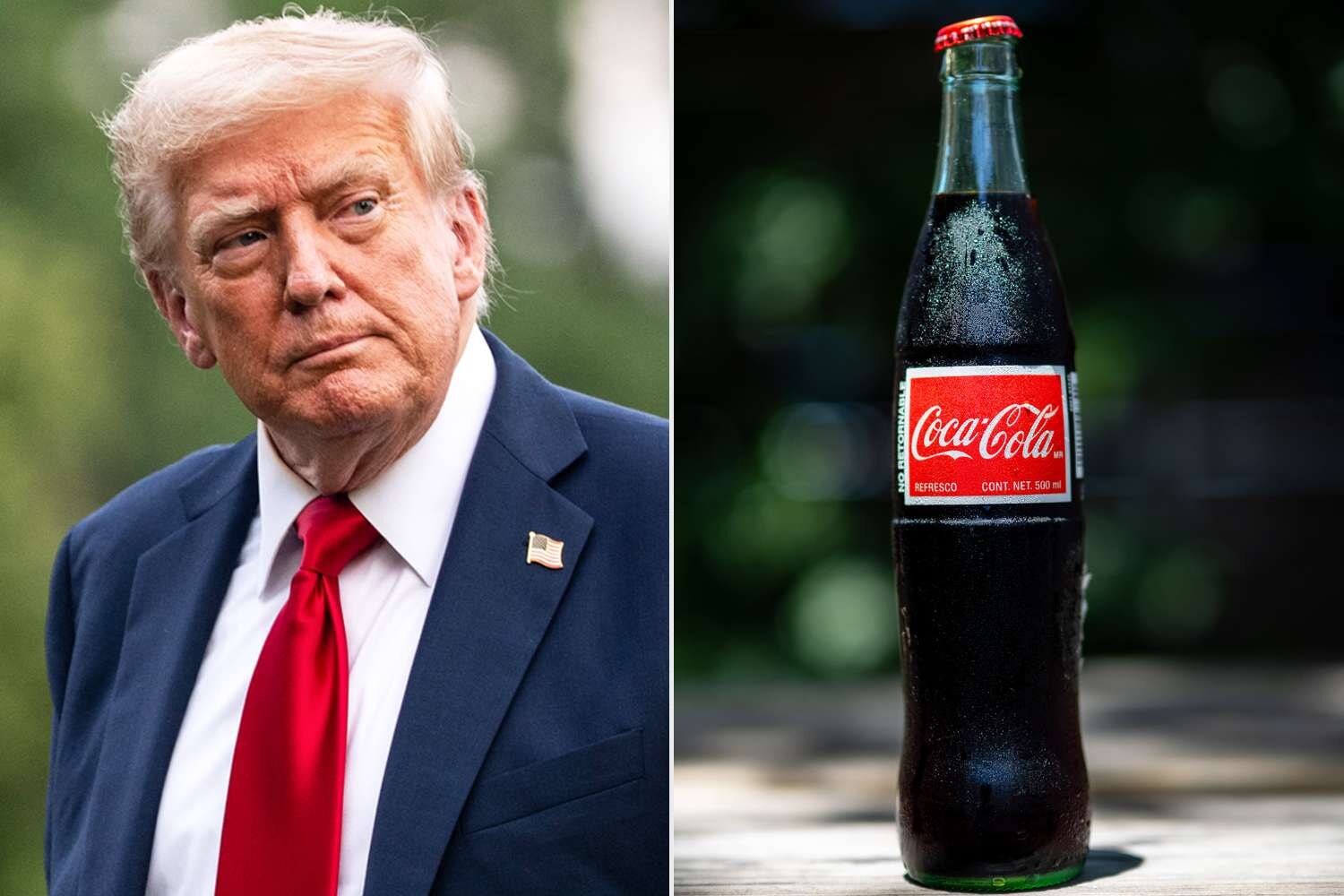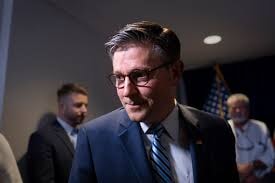
Harvard Researcher Who Smuggled Frog Embryos Charged With Smuggling Biological Materials Into the U.S.
He was feeling froggy.
Published July 3, 2025
Advertisement
Advertisement
1. A Scientist’s Crossing: The Airport Interrogation

It was a February evening when Kseniia Petrova, a 30-year-old Russian-born researcher at Harvard Medical School, returned from her vacation in France and faced U.S. Customs and Border Protection at Boston Logan International Airport.During her trip, Petrova had visited a laboratory in France specializing in the splicing of superfine sections of frog embryos, securing a small package of samples to support her cancer research.Federal officials scrutinized her luggage, and suspicion quickly swirled around the samples that would soon ignite a legal and diplomatic storm.Customs officers accused Petrova of planning to smuggle the biological material through customs without declaring it, prompting an immediate cancellation of her visa.She was then detained by immigration officials in Vermont, despite asserting in interviews that she was unaware of her responsibility to declare the samples and never intended to sneak anything into the country.Her initial questioning at the airport, followed by the abrupt legal measures taken against her, set off a cascade of administrative actions and public debate.Within hours, Petrova’s situation escalated from a routine customs inspection to a high-profile case with national security and immigration undertones.As she was moved from state to state in federal custody, the details of her arrest and the nature of the samples—non-living, superfine sections of frog embryos—became central to the mounting controversy.Petrova's lawyer, Gregory Romanovsky, argued that the customs officers had no legal authority to revoke her visa or detain her.Meanwhile, the U.S. Department of Homeland Security publicly claimed that she had lied about carrying substances into the country, and cited messages allegedly showing intent to bypass customs requirements.At every turn, the legal and personal consequences for Petrova became more severe, as federal authorities continued to build their case against her.
Advertisement
2. Behind the Samples: Science Meets Suspicion

Petrova’s acquisition of frog embryo samples was part of a broader research effort focused on cancer and regenerative medicine, a field in which her work had attracted praise from peers and biotech leaders.The French lab she visited specializes in producing spliced embryonic samples for scientific research, and her stop there was intended to support ongoing projects at Harvard.Michael West, a prominent figure in biotechnology, described Petrova’s published work as “excellent science” and cited her expertise in mapping embryonic development and identifying new approaches to regeneration and aging.Despite her reputation and the academic value of the research, the frog embryos became a flashpoint, with U.S. federal authorities labeling them “biological material” and raising concerns about proper declaration and potential biosecurity risks.Prosecutors maintained that anyone transporting such samples across international borders must declare them at the first point of entry, regardless of their use or scientific value.Petrova’s defense argued that the requirement to declare was unclear, especially when the samples were non-living, non-hazardous, and posed no danger to the public.The government cited text messages from a colleague warning her to secure permission and declare any research samples before travel, adding fuel to the allegations of intent.Customs officials testified that if the embryos had been declared, Petrova would have been stopped from leaving the airport, heightening the gravity of the charges.The debate over definitions—what qualifies as “biological material,” what risks are involved, and who decides—quickly spilled into federal courtrooms and media coverage.As the legal battle unfolded, Harvard University issued statements expressing ongoing concern but maintaining a cautious public stance as the story attracted international attention.Throughout, Petrova’s colleagues and supporters described her expertise as “irreplaceable,” insisting that the academic and medical benefits of her research far outweighed the customs infraction.
Advertisement
3. The Charges Multiply: From Smuggling to False Statements

What began as a single charge of smuggling soon expanded into a broader legal confrontation.By late June, a federal grand jury in Boston indicted Petrova on three counts: concealment of a material fact, false statement, and smuggling goods into the United States.Each charge carried serious implications, with smuggling alone punishable by up to 20 years in prison and a $250,000 fine.Prosecutors alleged that Petrova had not only failed to declare the frog embryo samples but had actively lied to federal officers about the contents of her luggage.They further claimed her initial denial, followed by shifting explanations, amounted to a deliberate attempt to hide her actions from authorities.Petrova, for her part, repeatedly insisted that she did not realize declaration was required, especially for non-living samples intended purely for scientific research.Federal investigators pointed to the warning text message from her colleague as evidence that she was aware of her obligations and chose to ignore them.As the case grew in complexity, it drew comparisons to other high-profile incidents involving the movement of scientific materials across borders and the responsibilities of researchers working internationally.Defense attorneys moved quickly to challenge the charges, seeking dismissal and emphasizing both her academic contributions and the absence of any public safety threat.Supporters rallied to her side, raising questions about academic freedom, international cooperation, and the possibility of political or xenophobic motivations behind her prosecution.Meanwhile, Petrova’s future in both the United States and her career as a scientist hung in the balance, dependent on the slow turning wheels of the federal justice system.
Advertisement
4. A Detention’s Fallout: From Vermont to Louisiana

Following her arrest at Logan International Airport, Petrova’s ordeal was far from over.Her visa canceled, she was transferred to an immigration facility in Vermont, and then moved to a U.S. Marshals Service holding center in Louisiana.Throughout her detention, Petrova filed multiple petitions for release, citing her role as a cancer researcher and her lack of threat to the community or risk of flight.Her legal team argued that the U.S. government had overstepped its authority in both the cancellation of her visa and her subsequent detention.In late May, a federal judge in Vermont found that immigration officers’ actions had been unlawful, ruling that Petrova was not a danger and that the samples she carried posed no threat.The judge ordered her released from immigration custody and prepared the way for her to face federal charges in Massachusetts while remaining free on bail.Petrova described the conditions in detention as overcrowded, plagued by extremes of temperature, constant noise, and poor food, amplifying the sense of personal hardship amid legal uncertainty.Her case quickly became emblematic of broader tensions between national security, immigration enforcement, and the protection of scientific collaboration.Colleagues testified to the value of her work, and Harvard quietly monitored developments, aware of the implications for international researchers and the university’s reputation.After weeks of legal wrangling, Petrova was able to return to Massachusetts to await trial, though the specter of deportation and decades in prison still loomed over her.The debate over her detention and treatment fueled public discussion, with critics and supporters alike dissecting every move by both the courts and immigration authorities.
Advertisement
5. The Legal Maze: Contradictory Testimonies and Definitions

At the heart of the case were sharply contested definitions and a maze of contradictory testimonies.Federal prosecutors insisted the frog embryos qualified as “biological materials” subject to strict declaration requirements, and that their movement posed potential biosecurity risks.Defense attorneys countered that the embryos were non-living, non-infectious, and strictly intended for medical research, challenging the logic and necessity of criminal prosecution.Homeland Security agents testified that if the samples had been declared, Petrova would likely have been denied entry, an assertion that heightened questions about the proportionality of the government’s response.Meanwhile, the court heard conflicting arguments about the meaning and scope of “biological materials,” with both sides marshalling expert testimony and technical definitions.Petrova’s own statements in interviews emphasized confusion, not malice, and a lack of clear guidance regarding her obligations as a researcher transporting non-living specimens.The government’s case leaned heavily on the text message warning from her colleague, framing it as evidence of intent to deceive rather than mere oversight or misunderstanding.Legal analysts noted that the stakes were high, both for Petrova and for the broader community of international scientists, as the outcome could set precedent for future border incidents.As briefs were filed and hearings scheduled, the story became a flashpoint in ongoing debates over science, security, and the criminalization of international research practices.Petrova remained on pretrial release, her fate suspended between courtrooms and government offices, her professional life and freedom on the line.With each new development, the boundaries between honest error, bureaucratic excess, and deliberate wrongdoing became ever more blurred in the eyes of the public.
Advertisement
6. Academic Freedom or National Security?

As the case unfolded, its ramifications rippled through academic, diplomatic, and policy circles worldwide.Petrova’s supporters warned that aggressive prosecution of scientists for customs infractions could chill international collaboration and drive away top talent in critical fields.Harvard colleagues described her expertise as “irreplaceable” and pointed to the medical breakthroughs enabled by free scientific exchange.Critics, meanwhile, cited the need for robust enforcement of customs and biosecurity regulations, especially in an era of rising geopolitical tension and concerns over bioterrorism.Some commentators argued that Petrova’s Russian origin and opposition to the war in Ukraine had made her a convenient target for harsh immigration enforcement.Her arrest was contrasted with earlier cases involving Chinese scientists and researchers, fueling speculation about selective enforcement and political motivations.At the same time, the story exposed the uncertainties and risks faced by foreign-born academics working in the United States, particularly as visa rules and national security measures become more stringent.Universities across the country quietly reviewed their own compliance procedures, and advocacy groups called for clearer guidelines and protections for international scholars.Petrova’s own account of detention and legal limbo resonated with many researchers, who saw in her story the perils of working across borders in a rapidly changing world.Amid the debate, calls grew for a more nuanced approach to regulating scientific materials—one that balances security needs with the global pursuit of knowledge and innovation.With each legal twist, the future of academic exchange and the boundaries of criminal law in research remained uncertain.
Advertisement
7. Fear, Reputation, and the Cost of Error

For Petrova, the consequences of a single border stop extended far beyond the courtroom.She expressed fear of deportation to Russia, citing her vocal opposition to the war in Ukraine and possible repercussions if sent back.The legal process exacted a toll not only on her career, but on her reputation and well-being, as each charge and media headline magnified public scrutiny.Colleagues and mentors described her as dedicated, brilliant, and devoted to scientific progress, yet even these endorsements could not shield her from the machinery of law enforcement.She recounted the psychological strain of detention, describing the bleakness of ICE facilities and the uncertainty of her future.Supporters pointed to her achievements in cancer research and regenerative biology, arguing that the nation’s interests would be better served by keeping her in the lab than in a cell.Yet prosecutors maintained that ignorance was no excuse, and that federal law imposes a duty on every international traveler to declare research materials.The story forced many in academia to reckon with the risks of global scientific work, from paperwork oversights to the prospect of criminal charges and public scandal.Petrova’s case became a rallying point for advocates of fair treatment for foreign scholars and a warning sign to anyone crossing national boundaries with research in tow.In the end, her personal ordeal highlighted the heavy price of even minor missteps at the intersection of science and national security.
Advertisement
8. The Public Weighs In

Public reaction to the Petrova affair was swift, intense, and sharply divided.Commenters across news outlets and social media debated the facts, motivations, and broader meaning of the case, with some seeing a scientist caught in a bureaucratic net and others a lawbreaker who ignored clear warnings.Many pointed to the text message from Petrova’s colleague as proof of intent, arguing that her actions, however minor, were criminal and deserved punishment.Others decried what they viewed as an overzealous response, with judges and immigration officers ensnaring a valuable researcher over a technical infraction.The debate spread to questions of higher education policy, visa practices, and the political climate for immigrants in the United States.Cynics compared the situation to previous incidents at top universities, invoking national security fears and concerns about foreign influence in sensitive research areas.Supporters demanded more transparency and accountability from law enforcement and urged reforms to protect scholars from arbitrary or disproportionate penalties.Some critics accused Harvard and other elite institutions of negligence in training researchers about customs laws and international protocols.As legal proceedings continued, the public discourse remained polarized, with the story reflecting deeper anxieties about science, safety, and national identity.Each new revelation fueled further argument, ensuring that the Petrova case would remain a touchstone for broader conversations long after the courts delivered their verdict.
Advertisement
9. What Comes Next for Petrova

As summer progressed, the fate of Kseniia Petrova remained unresolved, suspended between indictment and trial.She continued on pretrial release, able to resume her research only partially as she prepared for court appearances that would determine her future.Legal experts warned that, if convicted, she faced up to 20 years in prison and substantial financial penalties, the kind of sentence more commonly reserved for large-scale trafficking or intentional biohazard smuggling.Her defense team pressed for dismissal, arguing that her mistake was procedural rather than criminal, and that justice would not be served by a lengthy prison term.Federal prosecutors, by contrast, showed no signs of relenting, maintaining that the law is clear and must be enforced to protect public safety and national security.Observers noted that the outcome could set a powerful precedent, affecting not only Petrova but countless other scientists working internationally.Within Harvard and across the academic world, the case sparked urgent discussions about training, compliance, and the moral obligations of researchers.Petrova’s supporters mobilized petitions, fundraising, and media campaigns, determined to see her acquitted and her career preserved.As legal filings, court dates, and public statements multiplied, the story showed no signs of fading from public attention.For Petrova, each day brought fresh uncertainty, her life caught in the shadow of a case that began with a handful of frog embryos and ended as a test of principles far larger than any one person.
Advertisement
10. Science on Trial

The Petrova affair has become more than a question of smuggling or paperwork—it is a symbol of the precarious balance between science, law, and international exchange in an anxious era.Researchers, universities, and policymakers are now confronted with the challenge of securing borders without stifling discovery or criminalizing honest error.Harvard and other institutions face pressure to improve guidance and support for scientists navigating the complexities of global collaboration.Lawmakers and judges will be asked to clarify the rules, drawing sharper lines between dangerous conduct and the simple missteps of busy researchers.Petrova’s story is a cautionary tale, a call for empathy and common sense in the enforcement of laws that can have unintended and far-reaching effects.It is also a reminder that the pursuit of knowledge knows no borders, but the consequences of crossing them can be profound.The ultimate outcome of her case will shape the choices of future scientists, the policies of academic institutions, and the trust placed in systems meant to safeguard both security and progress.As the world watches and waits, the legacy of this case will echo through courtrooms, laboratories, and classrooms for years to come.Only time—and the courage of those willing to fight for a better balance—will determine whether this story ends as a tragedy, a lesson, or a turning point in the relationship between science and society.
Advertisement
Advertisement
You May Also Like






